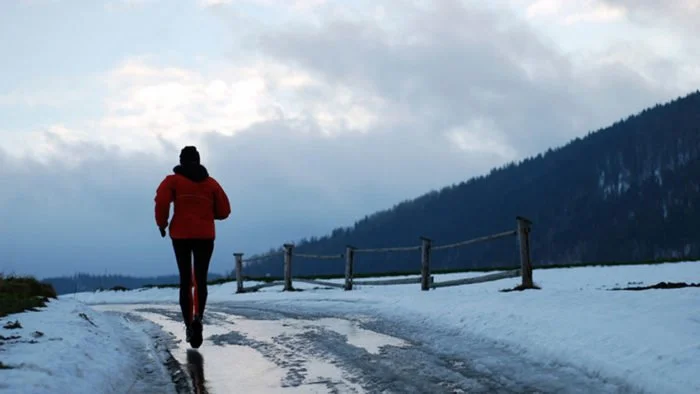Winter Training Tips
We all know it gets harder to exercise once the colder months arrive. Winter lends itself to a ‘snuggle up’ mentality whereby we tend to move less and eat more! Exercising during the winter months also presents challenges like tight muscles and stiff joints from the cold, which make the thought of exercising less appealing. However exercising in winter is really important! Not only does exercise help to maintain healthy circulation, it can actually help boost your immune system and ward off winter bugs. Here are some of the top reasons to keep exercising during winter, as well as ways to help reduce the chance of injury when you’re exercising in cooler weather.
01. Vitamin D
The best source of vitamin D is from exposure to sunlight. Even if it’s grey and cloudy during winter, exercising outside is one of the best ways to increase your Vitamin D intake once the colder months arrive. During summer short exposure to sunlight can be enough to get your daily Vitamin D intake, however in winter sunlight can be harder to come by, particularly if you’re snuggled up on the couch! That’s why it’s important to get moving outside. Vitamin D assists in bone health, a strong immune system and can lower the risks of diabetes, cancer and high blood pressure.
02. Beat the winter blues
Quite commonly winter not only brings cloudy weather but can make people feel gloomy too. Daily exercise triggers the body to release ‘feel-good’ chemicals like serotonin and dopamine which in turn lower the risk of depression and anxiety. These ‘feel-good’ chemicals also boost general wellbeing which can help you get through long winter days with more ease.
03. Reduce winter weight gain
Comfort food like roasts and stews are usually more tempting during winter when it’s cold outside. Eating a salad during winter doesn’t have quite the same appeal as something rich in carbs! These comfort foods though often lead to a winter weight gain which can make you feel flat and lethargic. The best way to reduce winter weight gain without cutting the carbs is to exercise daily – try to manage energy in with energy out.
04. Warm up and stretch before exercising
To avoid training injuries in winter it’s a good idea to spend time warming up and stretching before and after you exercise. In winter you may not get as hot and sweaty exercising as you do in warmer months, leading to an increased chance of injury when your muscles are cold and joints are stiff. If you’re exercising outside it’s also wise to wear layers of clothing, this way you can start with enough layers to keep warm and gradually reduce the layers as you warm up.
05. Listen to your body
If exercising outside is not your thing, particularly during winter, look for options that allow you to exercise inside. Goolwa Physio offer several great winter exercise options including Group Exercise Therapy Sessions. Regardless of what type of exercise you’re engaging in it’s always important to listen to your body and set realistic goals. If you experience any issues related to exercising during the cooler months, it’s best to consult with your Goolwa Physio physiotherapist and they can help work out a suitable winter training program for you.


